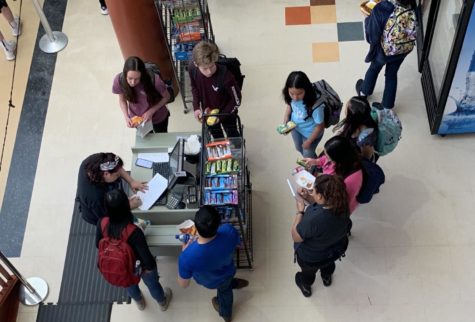108: How the Internet Affects the Way We See the World
media by Kira Zizzo
Amnesty International Club’s art fixture made of paint swatches interposes club president Natalie Aston ’20.
October 31, 2019
108: The Amnesty International Club has spent weeks contextualizing this number. First, you saw it tacked throughout the hallway on small pieces of paper. Next, you viewed statistics which explained the size of the number relative to that of the entire student body. Not long after, you awed at an orange array of paint swatches held together by string, once again accompanied by only one sentiment: the increasingly mysterious 108.
By Wed., Oct. 16, you encountered orange, “X” shaped pieces of duct tape fastened to steps and windows around the school. One hundred eight of them, to be exact. These elements of the 108 campaign were meant to establish an understanding of what the number means: its context within our school, community and state. What does the number one hundred eight really look like?
The statistic driving the campaign, that one hundred eight people die every day in the U.S. due to gun violence, is just one of thousands that students have at their fingertips in the archives of the internet. Befuddled students wondering the purpose of the campaign, with the right search query, may have easily found the answers to their questions at the click of a button.
This accessibility can be dangerous — although it allows for a more interconnected global community and informed population, it means that young people have the ability to access primary sources regarding tragic events and phenomena.
“I see people that, like, revolve their lives around it [social issues], and they become very concerned about how, like, if this happened to me, how am I going to live my life based upon this rather than being in the moment. And they’re just really focused on those issues rather than definitely just living their lives,” Samantha Goldin ’21 said.
Suddenly, there’s a new factor to weigh in analyzing mental health: one’s heightened perception of the world around them. The way one perceives their society and culture is directly correlated with mental health issues like depression and anxiety. When a realistic transcript of global politics and happenings is laid out in front of someone, they have the difficult task of grappling with the international, national, local and personal consequences of those events— this, needless to say, is taxing. Carrying the weight of individual pressure, hurt and confusion is sufficiently difficult without that of each story and statistic a student sees online.
“It’s not necessarily a bad thing that people are focusing on publicized events like climate change and school shootings and stuff, but I think if we revolve around it so much, then our energy is getting placed in places where it shouldn’t be,” Goldin said.
As young people go about navigating a new political climate in which previously unknown information is largely publicized, this sentiment is ever-important; create change in whatever way you see fit without letting large and consequential issues overtake your mind. It’s okay to detach and take time for yourself.
First published in Vol. 16, Issue 1 of The Rock


![In room 4101, Natalie Patterson ‘26, Ariana Magor ‘25 and Celina Salazar ‘25 create a poster in science teacher Kerry Reilly’s Chemistry Honors April 18. The three completed a worksheet and drawing to explain the implosion of a tank for their unit on gas laws. “At the start of class, we watched a video of the tank imploding,” Patterson said. “I think [making a drawing] is something new. I like more artsy activities.”](https://rockmediaonline.org/wp-content/uploads/2024/04/IMG_5019-1200x900.jpeg)
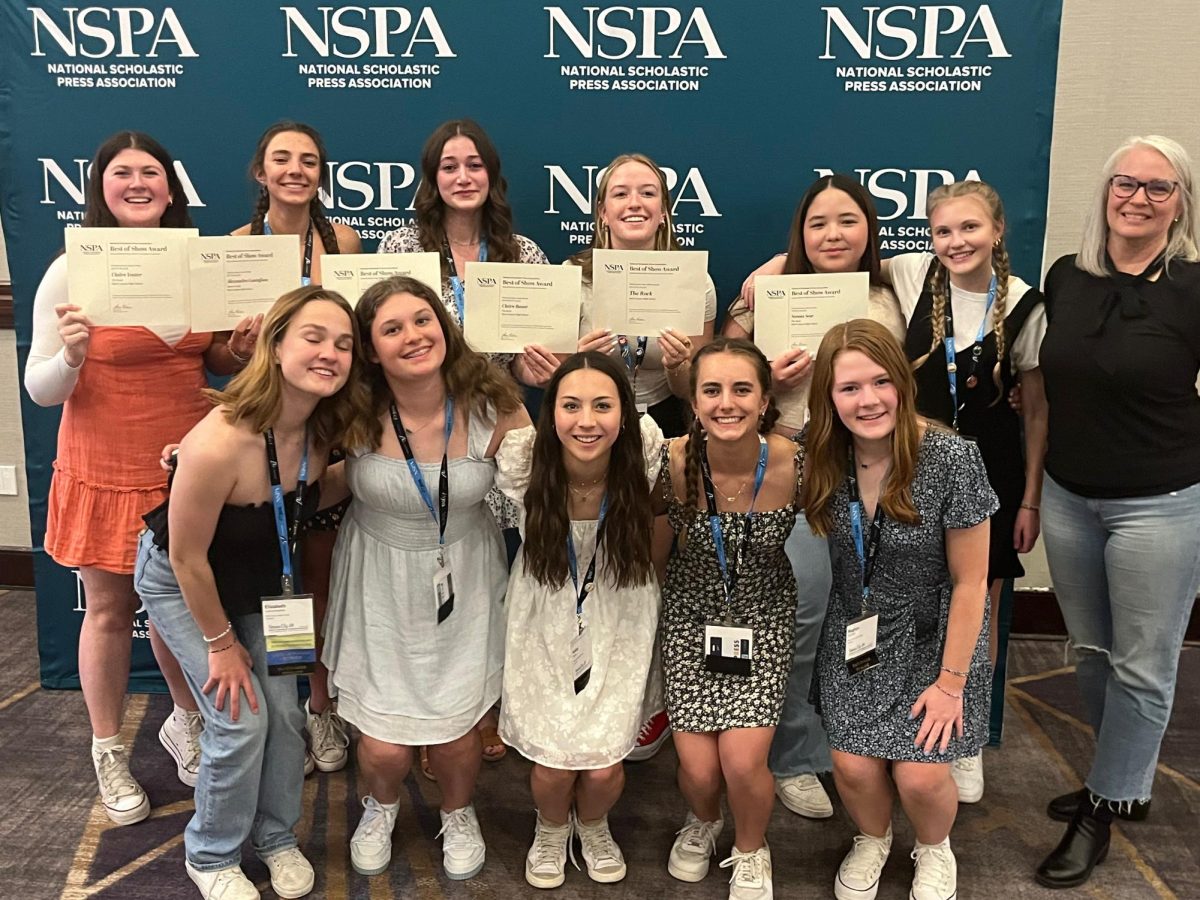

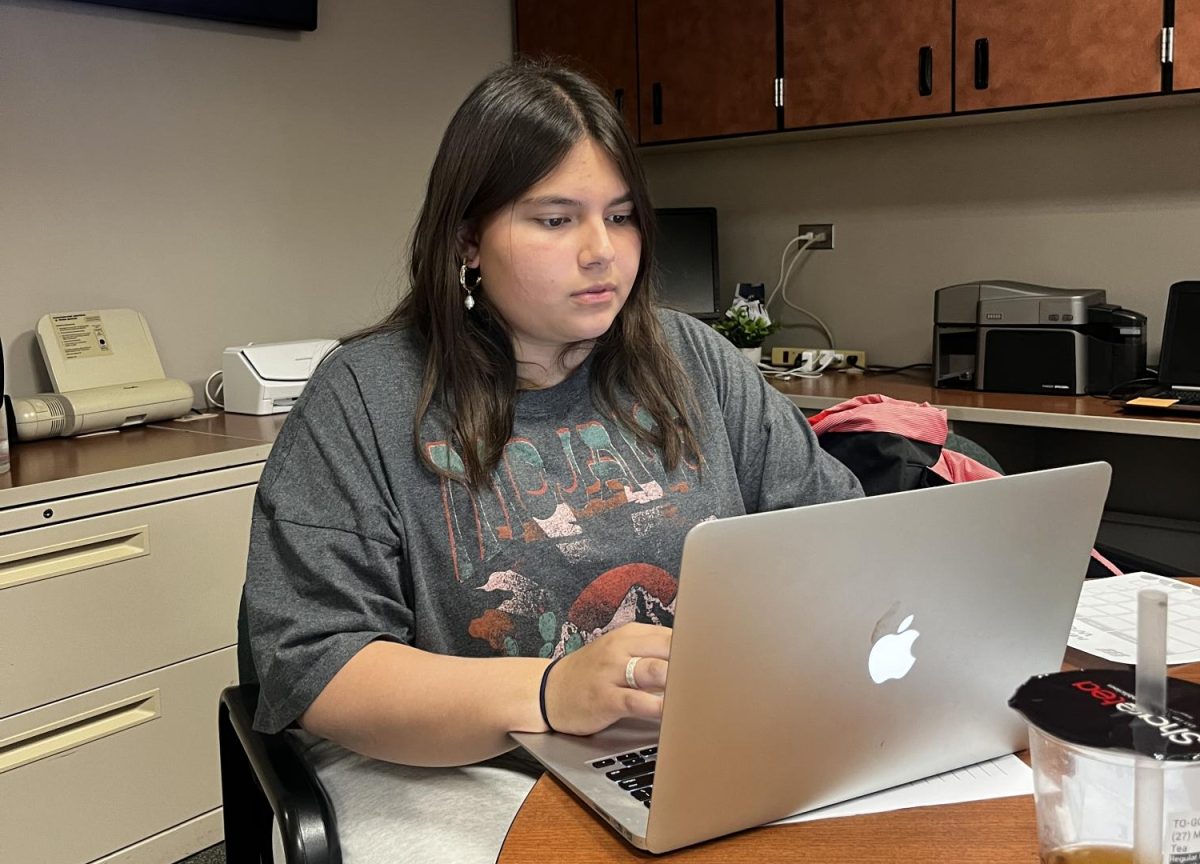

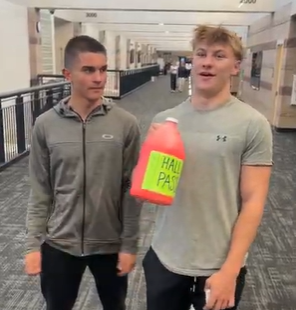
![The girls varsity soccer team walk back to their bench during halftime April 1. The Jags played against the Castle View Sabercats at the Douglas County Stadium and scored 3-0 W. “It felt really good [to beat Castle View]. I feel like that was a big win for us because knowing that we came together to beat a pretty good team has definitely given us some leverage for this season,” attacking midfielder Grace Rossner ‘24 said.](https://rockmediaonline.org/wp-content/uploads/2024/04/DSC_4906-1-1200x1057.jpg)
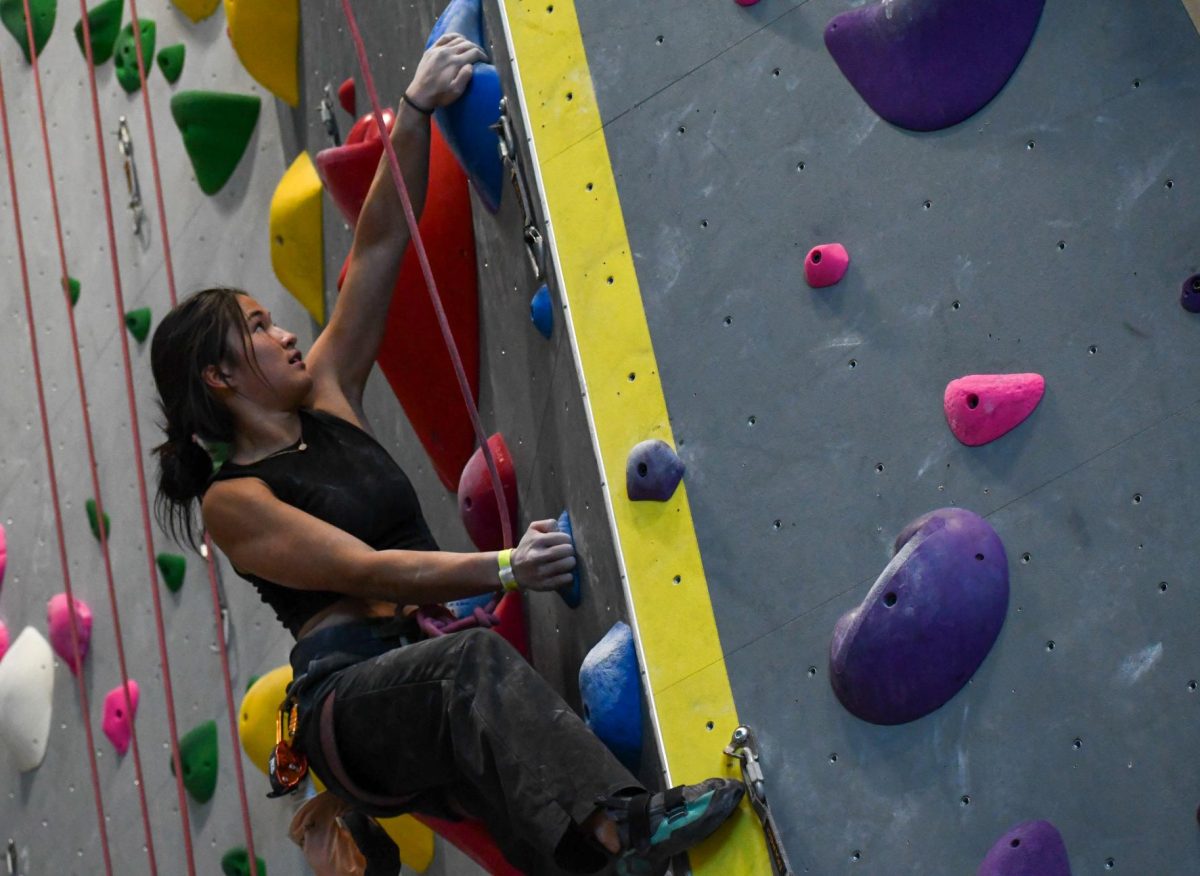


![English teacher Colleen Lamb grades College Prep English assignments during period two Nov. 10. Lamb, who has been teaching for 27 years, decorates her classroom with posters and handmade college flags from her senior students. Everything I enjoy about English happens primarily in the classroom, Lamb said. So, thankfully, the college [I worked at] had a teaching program, and I was able to do my post-grad work for free while I was working [there].”](https://rockmediaonline.org/wp-content/uploads/2024/04/IMG_1158-1200x900.jpeg)

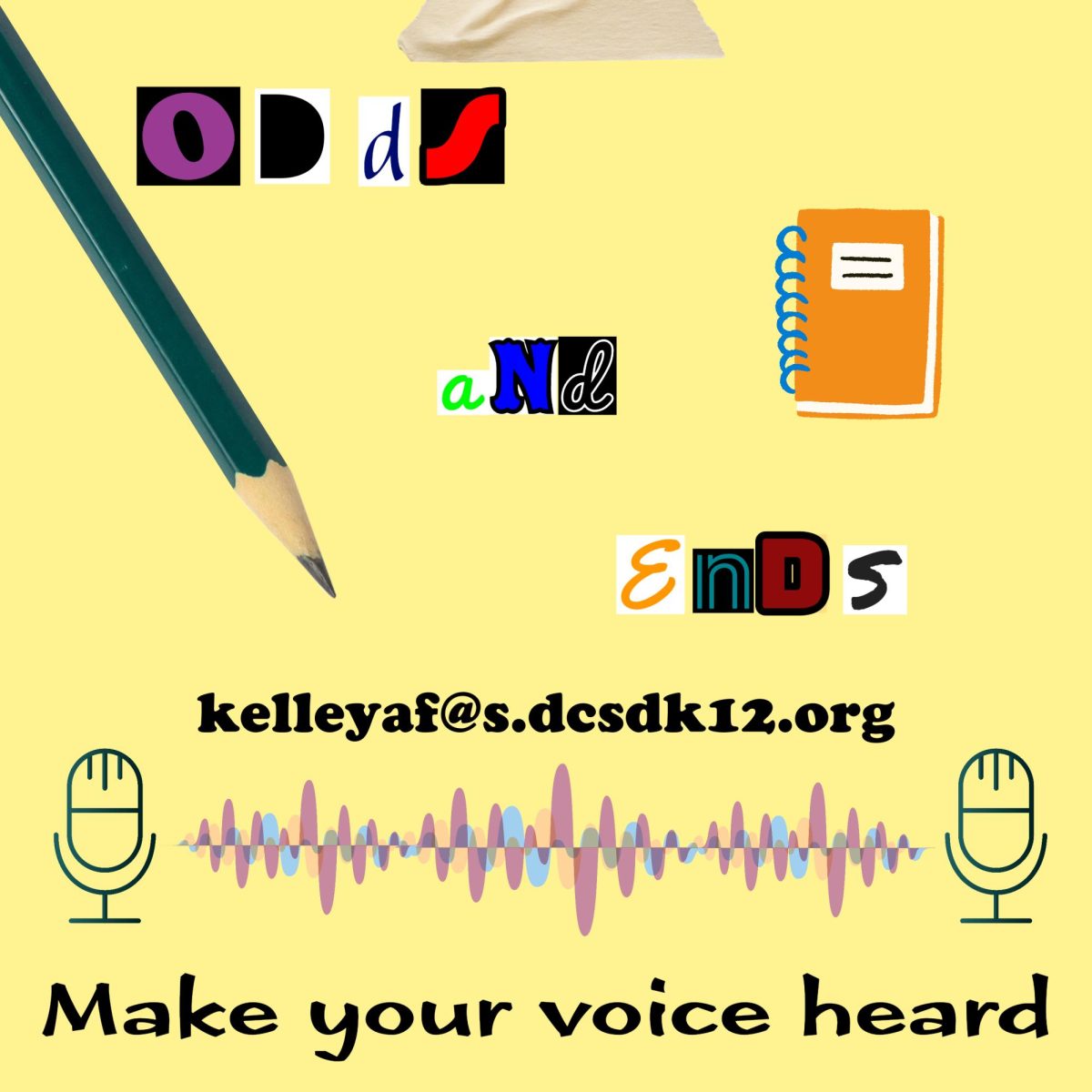
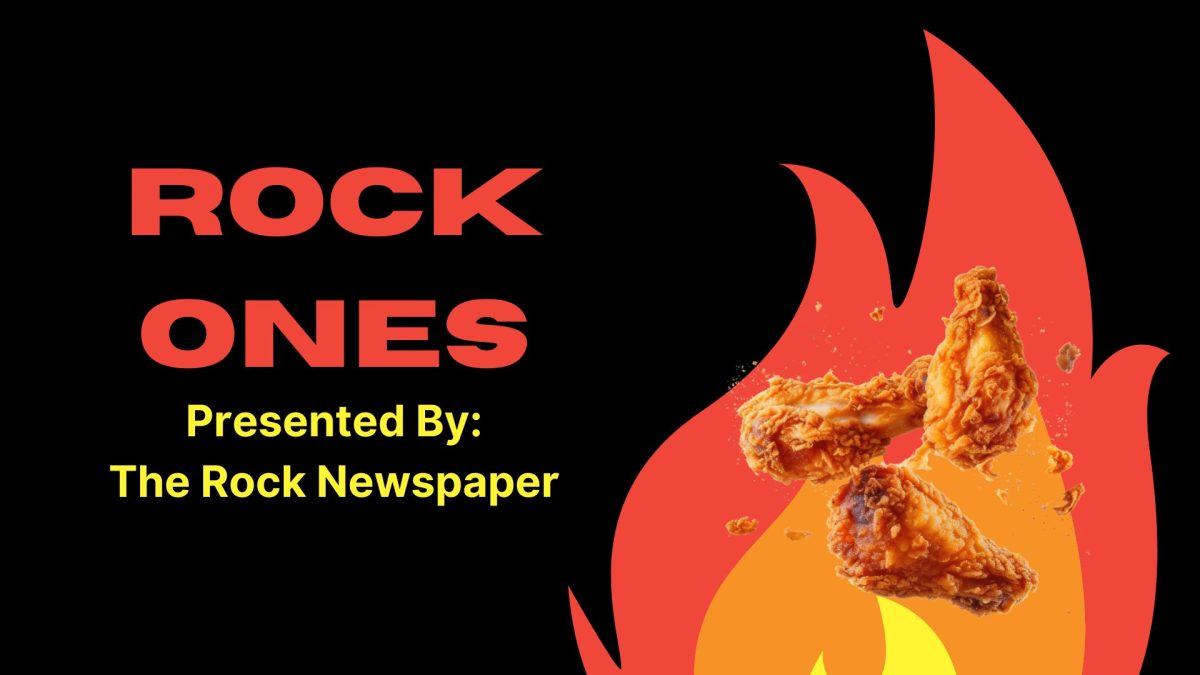





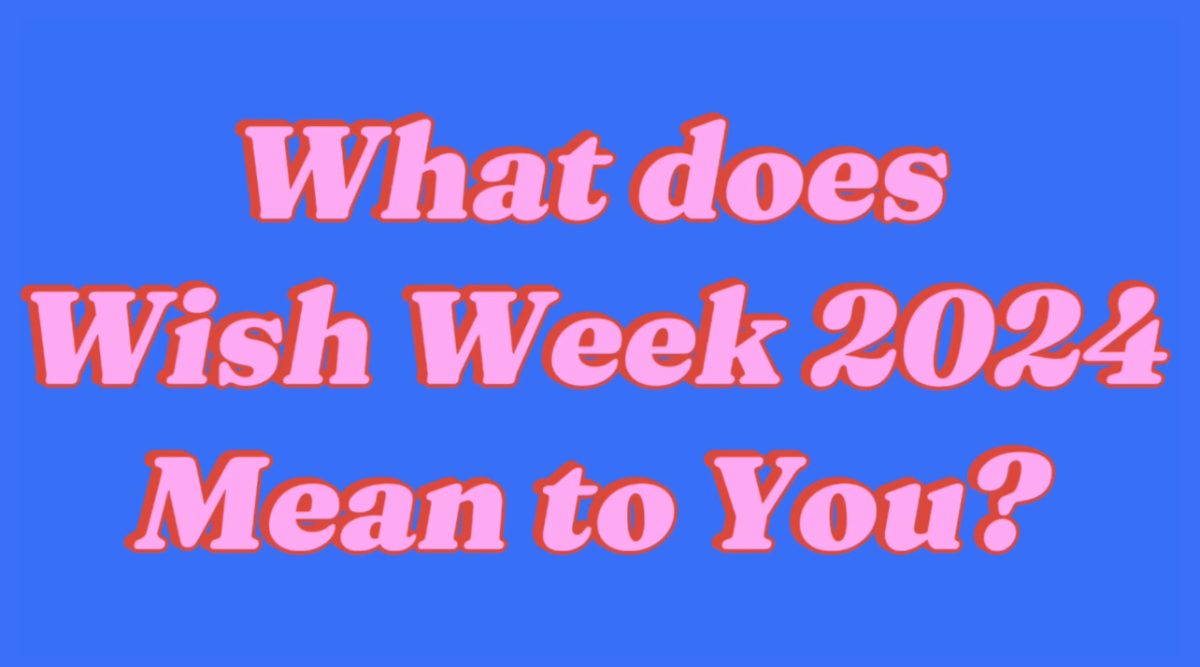
![At Prairie View High School, the winterguard team poses with their plaque after winning first place at their competition Feb. 24. This was the second time they won first place this year, this time with a score of 74.190 points. “I [love being] a witch, but my favorite [part of the show] is the trios, it’s so cool,” Heather Strickland ‘27 said.](https://rockmediaonline.org/wp-content/uploads/2024/03/PRARIE-VIEW-BY-MARGO-SANFORD-e1709531739910-1200x910.jpg)
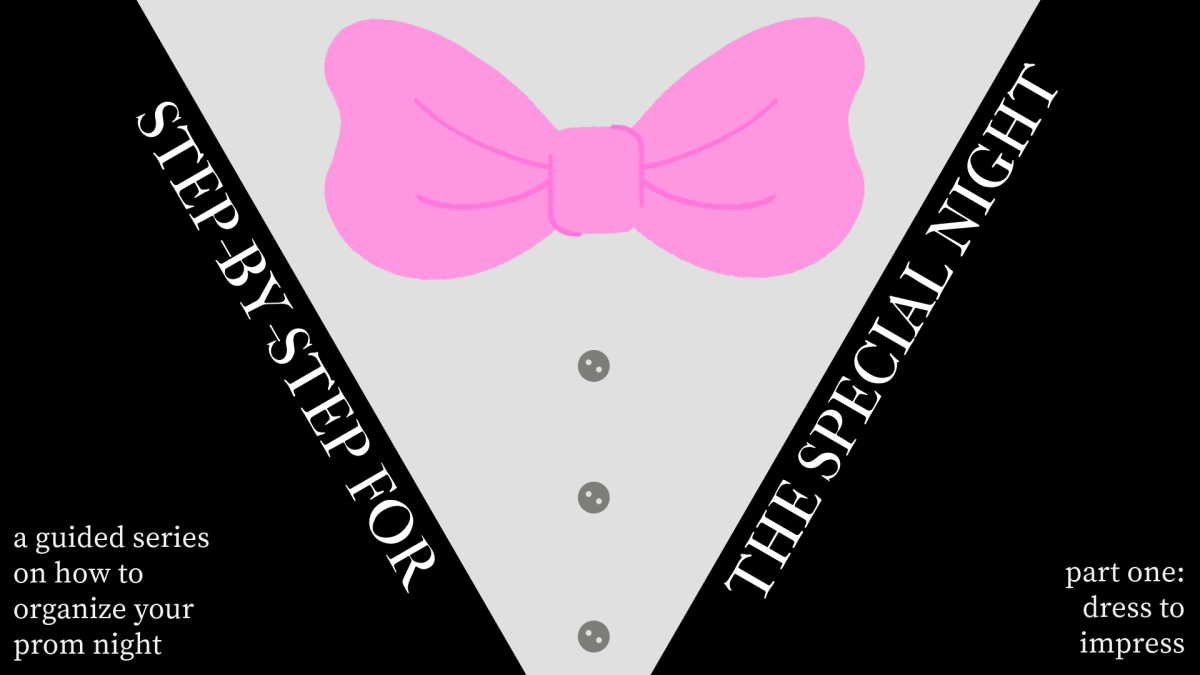




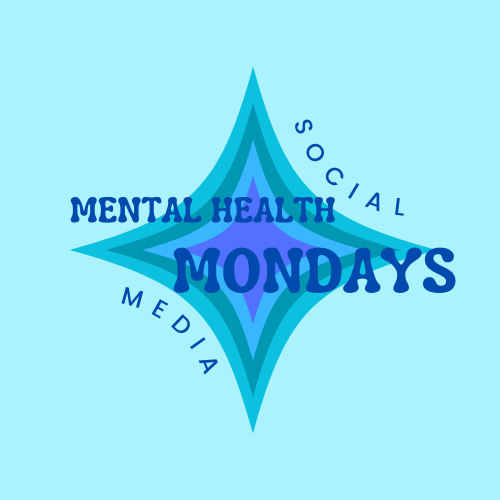
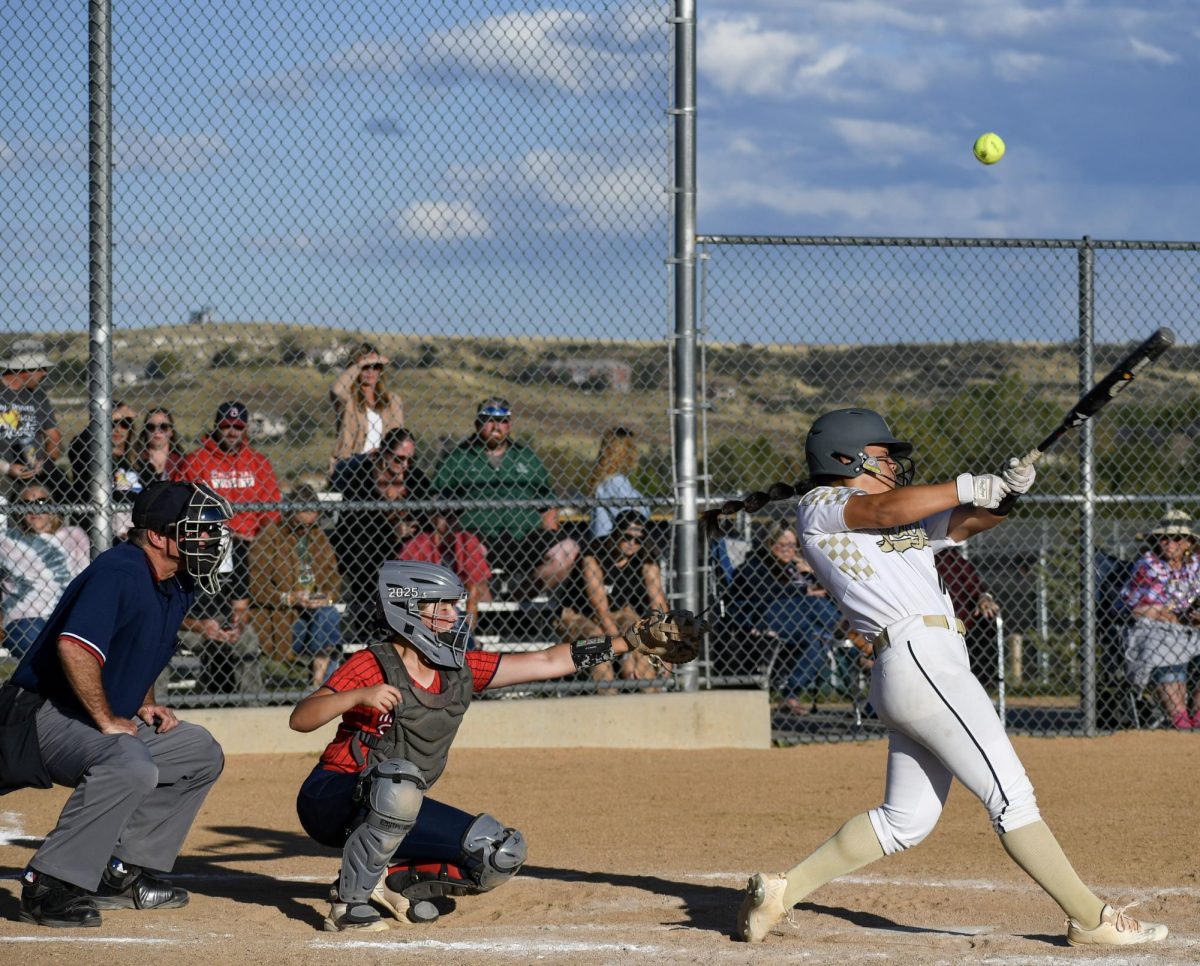

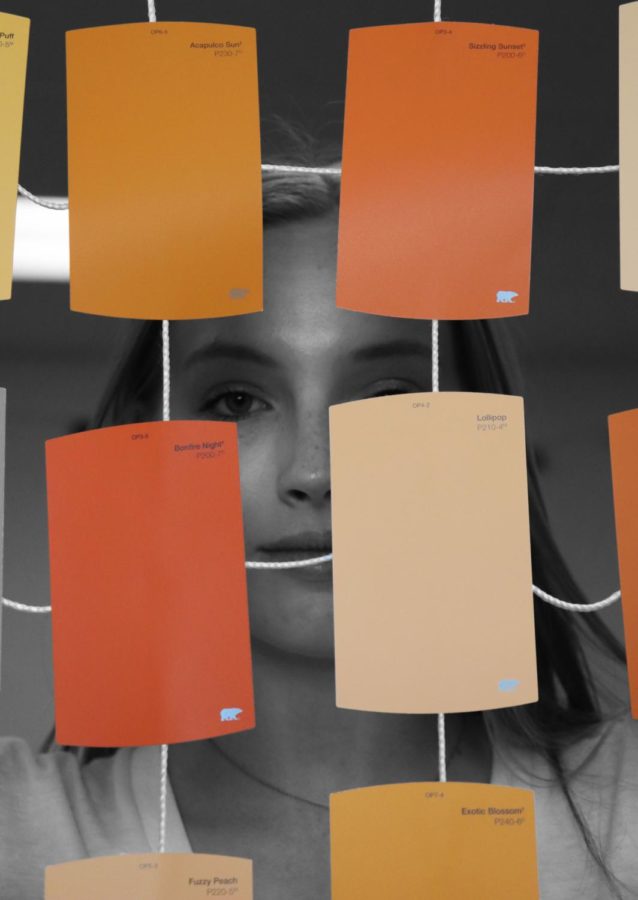

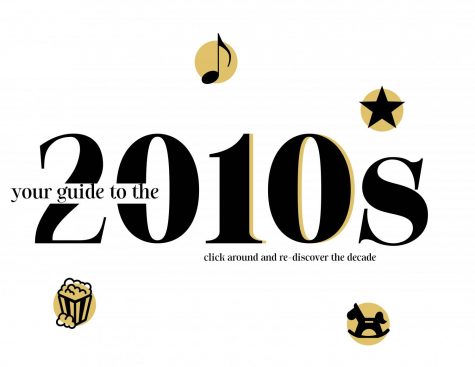

![Sabine Manske and Berlin Barnett 21 wrap up their presentation and prepare to answer questions from potential investors. Barnett and Manske chose to conduct their research on the vascularization of faux breast tissue. “Many of these people [investors] have expertise, and are going to really question your methods and really make you think about those different aspects,” Biology teacher Nikki Dobos said.](https://rockmediaonline.org/wp-content/uploads/2019/09/biotechpitches1-475x356.jpeg)
